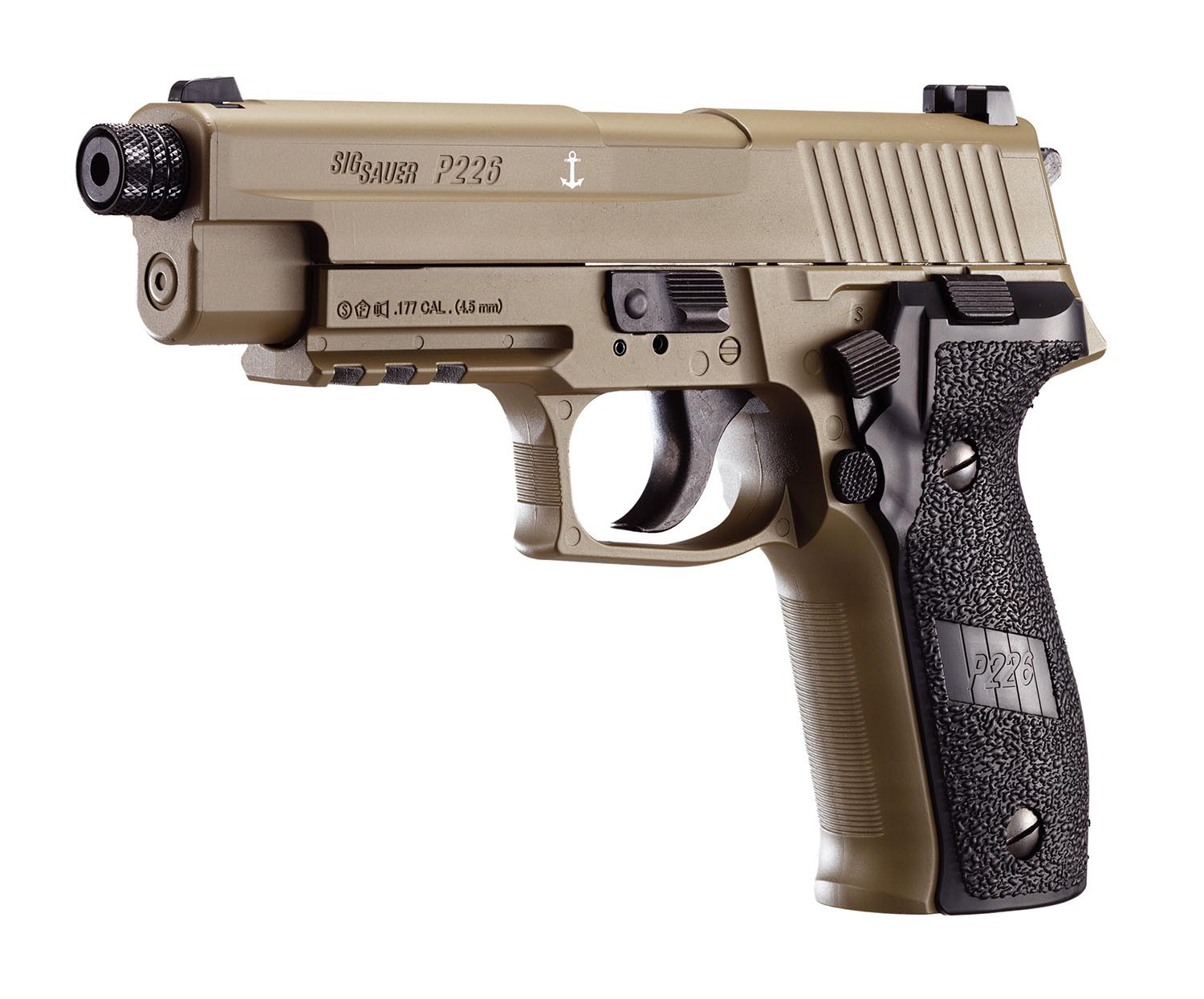
When the US military started to replace its aging Beretta M9 pistols, it was a choice between two giants—Sig Sauer and Glock. Both had good track records, loyal fan bases, and documented histories in law enforcement and military applications. But when the dust finally settled, Sig Sauer’s P320 had been named the new standard sidearm for nearly every branch.

Why did it emerge victorious, and what does it portend for the troops toting it? Here’s a countdown of the five biggest reasons that sealed the deal in Sig’s direction—and how the saga has played out since.

5. Cost Savings That Couldn’t Be Overlooked
Budgets matter, especially when you’re buying sidearms by the hundreds of thousands. Sig Sauer’s winning bid came in at $169.5 million—about $103 million less than Glock’s proposal. That’s not mere pocket money; it was a significant saving without compromising quality.

The Government Accountability Office reports that the cost advantage was a “critical discriminator” in the last decision. That is, the military got a new, capable pistol without depleting funds for other requirements—a twin benefit of both performance and fiscal discipline.

4. A Stringent Test Where Sig Beat Out
The Modular Handgun System competition was not a popularity contest—it was a rigorous, multi-step challenge in accuracy, reliability, ergonomics, safety, and flexibility under adverse conditions. The P320 consistently bested Glock in these technical evaluations.

Sig’s original package had two configurations as well: the full-size XM17 and the subcompact XM18, offering flexibility for different mission requirements. Even when Glock objected to the choice, the GAO agreed with the selection, upholding Sig’s technical advantage and enhanced value for the mission.

3. Game-Changing Modularity
Perhaps the P320’s most-noted benefit is its modularity. Central is a serialized fire control unit that can be interchanged into different grip modules, facilitating effortless shift from one size, caliber, or grip fit to another. So the same basic pistol can be set up for a patrol operation, car duty, or concealed carry—without a new gun. The Army valued that flexibility, which allows customization for a particular soldier but simplifies logistics and saves money.

2. Safety and Reliability—With Some Controversy
During testing, the P320 proved extremely reliable, with a 99.8% reliability score. It also performed better in safety and handling, thanks to a smoother trigger pull and intrinsic safety mechanisms. Still, the gun has not been immune to controversy—civilian versions have been the target of lawsuits claiming accidental discharge.

Sig maintains the P320 can’t fire without a trigger pull, and up to this point, there hasn’t been one of those incidents with the military’s M17 or M18 variants, which include further safety features the Army requested.

1. General Performance and Long-Term Cost
In the end, the P320 offered the best balance of performance, versatility, and cost. Its modularity platform, testability with reliability, and versatility of mission made it the right choice for the military now and in the future. Coordination with Winchester to offer ammunition supply further improved its support and logistics. Although it has faced some trouble since taking effect—like an Air Force review after a recent mishap—the pistol remains the standard issue sidearm of the Army, Navy, Marine Corps, and Air Force, with over 200,000 issued.

What’s the tactical takeaway? Soldiers are issued a sidearm they can configure to their mission, the promise of consistent performance, and a procurement decision balancing innovative design with fiscal responsibility. The Sig Sauer P320’s history is far from over, but its place in the small arms history of the U.S. military is already cemented.
